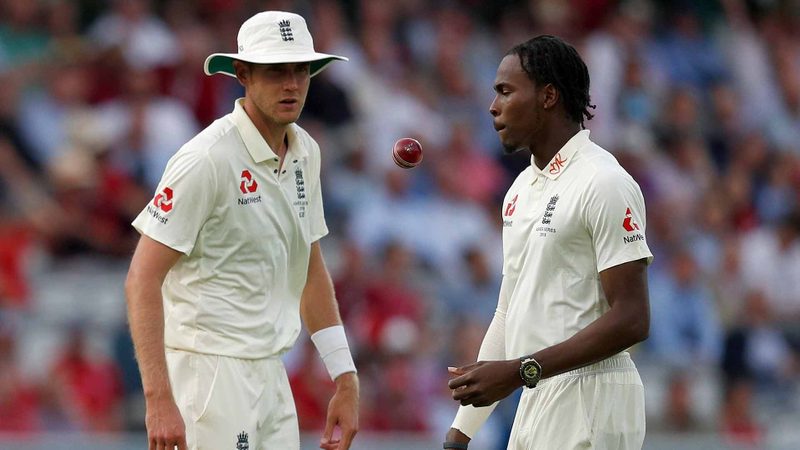
After threatening to be swallowed by the limited-overs format, T20 cricket, in particular, Test cricket is back with a bang. Quite a few tense, exciting finishes in the last couple of years added to the rejuvenation of the oldest format of the game.
Quintessential to this has been fast bowling, an art that had apparently died a slow death through the 2000s after the retirements of Curtly Ambrose, Allan Donald, Glenn McGrath, Courtney Walsh, Chaminda Vaas, Wasim Akram, Waqar Younis, Shoaib Akhtar, Javagal Srinath and the likes.
With T20 taking centre stage, the pitches across the globe flattened out and batting got much easier in the period when T20 leagues were on the rise. The run rates in Test cricket started soaring too. It points towards a trend of teams taking a cue from T20 cricket to score quicker in Test cricket. When 30s and 40s were acceptable strike rates in Test cricket in the 1900s, the trend was quickly turning towards a 50-plus strike rate since the 2000s. Anything below that was slow.
But taking a massive u-turn, 2019 is setting an example with exceptional pitches contributing to exciting Test cricket. Pivotal to this has been the rekindling of the art of fast bowling. If there were 39 five-wicket hauls by pacers in 2018, in 2019, a year where limited-overs cricket including the World Cup is the focus, it is already 18 till August and we have a lot of Test cricket coming our way.
From Pat Cummins and Stuart Broad to Kemar Roach, Jofra Archer, Jasprit Bumrah and Kagiso Rabada, fast bowling has been in focus in 2019. In fact, the fast bowling strike rate in 2019 so far is the best since 1896, a good century and more ago.
|
Best fast bowling SR in a year in Tests |
|
|
Year |
Bowling strike rate |
|
1888 |
31.2 |
|
1879 |
35.8 |
|
1880 |
38.1 |
|
1887 |
38.5 |
|
1896 |
38.8 |
|
1889 |
39.2 |
|
2019 |
47.1 |
|
1890 |
47.1 |
|
1906 |
47.2 |
|
1913 |
47.3 |
In 2019, the fast bowling strike rate is a healthy 47.1. This is equal to that in 1890 and way better than the fast bowling strike rates in the past decade. The year that does come close is 2018, suggesting that the resurgence had begun last year. In 2018, the fast bowling strike rate was 51.8. The only year since 1922 that has seen a less than 50 bowling strike rate for fast bowlers is 2019, a remarkable feat considering that we have moved from T20s to T10s recently.
In the quest for quick runs, the art of defence seems to be on the decline among batsmen. The batting strike rate in 2019 is the highest since 1907 in Test cricket.
|
Best batting SR in a year in Tests |
|
|
Year |
Batting SR |
|
1902 |
113.15 |
|
1907 |
71.42 |
|
1910 |
59.48 |
|
2019 |
52.87 |
|
1911 |
52.85 |
|
2009 |
52.57 |
|
2015 |
52.54 |
|
2010 |
52.32 |
|
2014 |
51.82 |
|
2005 |
51.78 |
While fast bowling, as the strike rates signified, plays a role as does the batting strike rate, the pitches too, have been a factor. The pressure to produce result-oriented wickets which garner interest from viewers has seen matches finish in quick time. In the last week alone, Tests produced results despite being affected by rain. Since 2018, there have been 67 Test matches (five-day games) with 40 of them finishing inside four days.
Is that a compelling sign towards the resurgence of some terrorizing fast bowlers?
Feature image courtesy: AFP / Adrain Dennis



























